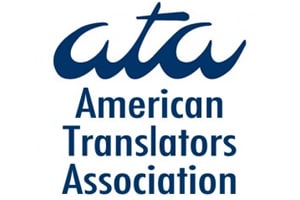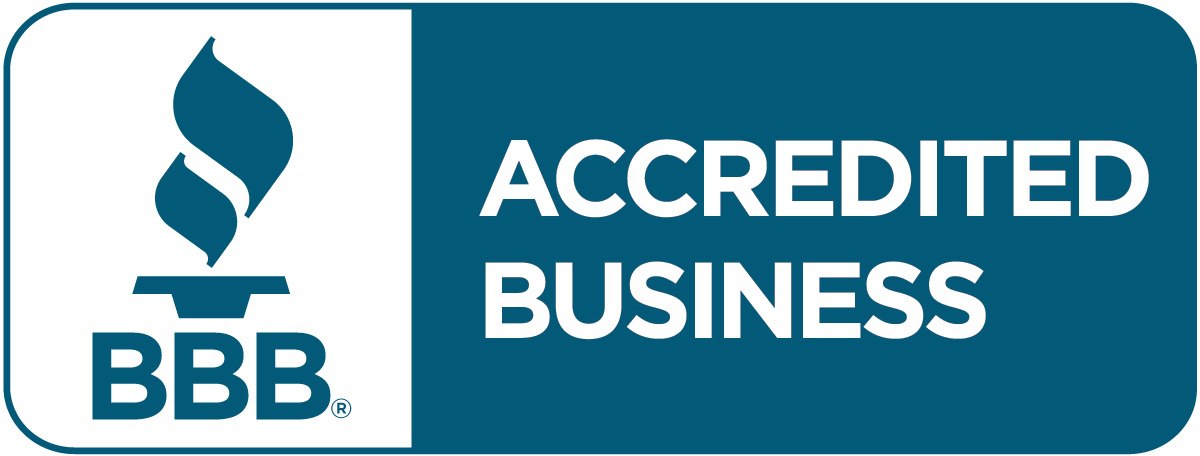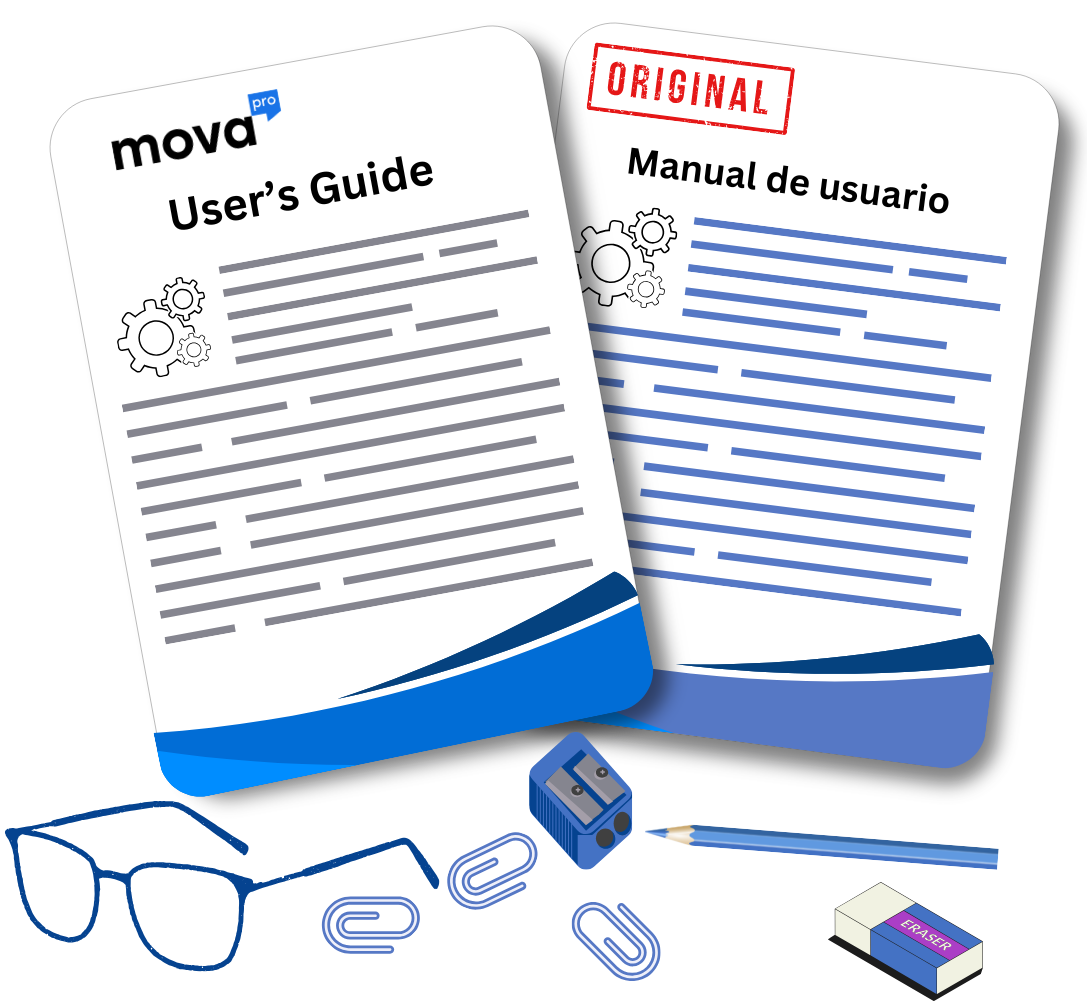Precision-Driven Technical Translation Services
- Industry-Specific Expertise – Translators with deep technical knowledge across multiple sectors.
- Format Preservation – Your schematics, tables, and diagrams remain intact and precise.
- Fast Turnaround – Efficient delivery without sacrificing quality, even for large technical projects.




The Key Advantages of Using Our Technical Translation Services
Technical Accuracy
Our expert translators specialize in technical content, delivering precise and accurate translations for complex documents
Consistent Translations
We guarantee consistency in terminology and style across all your technical materials for seamless communication.
Layout Integrity
Your document’s original format, including tables, diagrams, and schematics, is preserved to maintain clarity and structure.
Request a precise quote now!
With the increasing globalization of technical industries, you’ll find that accurate translation of specialized content has become more important than ever. Technical translation transforms complex technical documents, manuals, and specifications from one language to another while maintaining precise terminology and technical accuracy. Whether you’re an engineer seeking to share documentation internationally or a manufacturer expanding into new markets, your success depends on the quality of technical translation services. Understanding this specialized field will help you make informed decisions about your translation needs and ensure your technical content reaches its intended audience effectively.
Core Elements of Technical Translation
To excel in technical translation, you need to master several fundamental components that form its foundation. Your ability to handle specialized terminology, maintain consistency across documents, and understand complex technical concepts will determine the quality of your translations. Research shows that 95% of technical translation projects require domain-specific knowledge alongside linguistic expertise to ensure accurate delivery.
Specialized Knowledge Requirements
Along with your language proficiency, you must possess deep subject matter expertise in your chosen technical field. Whether you’re translating medical devices documentation or engineering specifications, your understanding of the field-specific terminology and concepts is crucial. Studies indicate that technical translators with relevant subject expertise are 75% more efficient in delivering accurate translations.
Industry-Specific Expertise
Any technical translation project you undertake requires comprehensive knowledge of industry standards, regulations, and terminology. Your expertise must span across multiple sectors, from manufacturing and IT to healthcare and automotive industries, ensuring precise communication of technical information.
To maximize the effectiveness of your technical translations, you need to stay current with industry developments and technological advancements in your specialized field. Your continuous learning approach should include regular updates on industry terminology, technical standards, and regulatory requirements. Research shows that technical translators who maintain updated industry knowledge deliver 40% more accurate translations compared to those who don’t.
Translation Quality Assurance
Any successful technical translation project requires robust quality assurance measures. Your content needs thorough validation to maintain accuracy and consistency across languages. By implementing comprehensive QA processes, you can ensure your technical documentation meets the highest standards.
Certification Standards
With international standards like ISO 17100 and ISO 9001 governing technical translation services, you can ensure quality compliance in your projects. These certifications establish clear requirements for translation processes, resources, and quality management systems. By working with certified translation providers, you gain confidence that your technical content maintains its integrity across languages while meeting industry standards.
Review Processes
Above all, implementing systematic review processes safeguards the quality of your technical translations. Your content undergoes multiple stages of verification, including terminology consistency checks, technical accuracy validation, and final proofreading. This multi-layered approach helps identify and correct potential issues before publication.
Understanding the review process empowers you to maintain high-quality standards in your technical translations. Your content goes through specialized reviewers who possess both linguistic expertise and technical knowledge in your field. Statistics show that implementing structured review processes can reduce translation errors by up to 95% and improve overall content accuracy by 80%. This systematic approach ensures your technical documentation maintains its precision and clarity across all target languages.
Technical Documents We Translate
We specialize in translating a wide range of technical documents to help businesses expand globally and communicate clearly with international teams and clients. Our focus is on accuracy, industry-specific terminology, and preserving the integrity of complex documents.
Why Choose Our Technical Translation Services?
- Industry Expertise – Our translators have backgrounds in various technical fields, ensuring your documents are handled by experts familiar with the subject matter.
- Consistent and Reliable Translations – By using glossaries and translation memory tools, we ensure consistency across all your technical materials, reducing costs and maintaining uniform terminology.
- Preserving Document Integrity – We maintain the original format and layout of your documents, ensuring that translated content aligns perfectly with charts, diagrams, and technical illustrations.
- Need accurate technical translations for international markets? We’re here to help with fast turnaround and expert-level precision.
FAQs: Technical Translation Services
Find the answers to the most frequently asked questions!
What types of technical documents do you translate?
We translate user manuals, product guides, technical specifications, datasheets, patents, and more. Our services cover a broad range of industries and document formats.
How do you ensure accuracy in technical translations?
Our translators have technical backgrounds and use industry-specific glossaries and translation memory tools. Every translation is reviewed to ensure terminology consistency and accuracy.
Can you preserve the layout and format of my documents?
Yes. We maintain the original formatting of manuals, datasheets, and reports, ensuring that diagrams, charts, and tables align with the translated text.
What industries do you cover in your technical translations?
We provide general technical translations for a variety of industries. More specialized sectors like automotive, construction, and manufacturing have dedicated services available.
How long does it take to translate technical documents?
Most projects are completed within 5 to 10 business days, depending on the document size and complexity. Expedited services are available for urgent requests.
Do you offer certified technical translations?
Yes. We provide certified translations for patents, compliance manuals, and other documents requiring official certification.
How to Order Technical Translation Services
Get your technical documents translated accurately and efficiently by following these simple steps:

1. Upload Your Documents
Submit technical manuals, datasheets, or software documentation through our secure portal. We accept a range of formats, including PDF, Word, and CAD files.

2. Receive a Quote and Timeline
Our specialists will assess your documents and provide a detailed quote within 24 hours. We’ll include delivery timelines tailored to your project size and complexity.

3. Translation and Quality Assurance
Experienced technical translators handle your content, ensuring accurate terminology and formatting. A second linguist proofreads the documents to guarantee precision.

4. Delivery and Ongoing Support
Receive your translated files in the same format as the original. Need frequent updates? We offer long-term support with translation memory tools to reduce costs and ensure consistency.
Need ongoing translations for product updates? We offer long-term partnerships with flexible pricing options for continuous projects.
Technical Documentation Types
If you’re involved in technical translation, understanding various documentation types is vital for delivering accurate translations. Here are the main categories you’ll encounter in technical documentation:
- Product specifications and manuals
- Technical drawings and blueprints
- Safety guidelines and protocols
- Installation and maintenance guides
- Software documentation
The quality of your technical translation directly depends on your familiarity with these document types.
| Document Type | Key Characteristics |
|---|---|
| User Manuals | Step-by-step instructions |
| Technical Specs | Detailed product information |
| Safety Guides | Regulatory compliance details |
| Maintenance Docs | Service procedures |
| Software Guides | Interface instructions |
User Manuals and Guides
Documentation for user manuals requires your attention to detail and clear communication skills. You’ll need to ensure that complex technical information is presented in an accessible format for end-users while maintaining technical accuracy in translation.
Technical Specifications
Along with user manuals, technical specifications form the backbone of product documentation. You’ll find these documents contain precise measurements, materials information, and performance parameters that require exact translation.
In addition to standard specifications, you’ll encounter detailed technical requirements, compliance standards, and engineering specifications. Your translation must maintain absolute precision while conveying complex technical concepts across language barriers.
Language Technology Tools
After integrating modern language technology tools into your technical translation workflow, you can significantly enhance accuracy and consistency. These advanced solutions help you maintain terminology precision across all your technical documentation while reducing translation time by up to 40%. Your translation process becomes more streamlined with automated quality checks and real-time collaboration features.
CAT Tools Integration
By implementing Computer-Assisted Translation (CAT) tools in your technical translation projects, you can maintain consistency across all your documentation. These tools help you leverage previously translated content, ensuring that technical terms and phrases are consistently translated throughout your documents. Your translation efficiency can improve by 30-50% when using integrated CAT tools effectively.
Translation Memory Systems
At the core of modern technical translation processes, Translation Memory (TM) systems help you store and reuse previously translated segments. Your translation costs can decrease by up to 60% when you utilize TM systems effectively, as they eliminate the need to translate identical or similar content multiple times.
Tools like SDL Trados, memoQ, and Wordfast provide you with powerful TM capabilities that can transform your technical translation workflow. These systems analyze your source text against previously translated content, automatically suggesting matches when similar content appears. Your translation quality remains consistent while you save valuable time and resources, as these tools can handle complex technical documentation with precision and efficiency.
Industry Applications
Not all technical translation requirements are created equal, as each industry demands specific expertise and understanding. Your technical documentation needs vary significantly across sectors, from manufacturing specifications to medical protocols. Industry-specific technical translation requires deep domain knowledge and specialized terminology management to ensure accuracy and compliance with sector standards.
Engineering and Manufacturing
Manufacturing documentation presents unique challenges in technical translation, requiring your translator to understand complex engineering concepts and industry-specific terminology. You’ll find that approximately 65% of technical translation projects involve engineering specifications, user manuals, and safety protocols. Your technical translator must possess both linguistic expertise and engineering knowledge to accurately convey technical specifications across languages.
Medical and Scientific
Across the medical and scientific fields, technical translation demands exceptional precision and regulatory compliance. You’ll need specialized translators who understand both medical terminology and compliance requirements, as studies show that 78% of medical translation errors occur due to insufficient subject matter expertise.
Hence, when you’re dealing with medical and scientific technical translation, your documentation must meet strict regulatory standards across different regions. Your translated content needs to comply with various healthcare regulations, including FDA guidelines and EU MDR requirements. Research indicates that properly translated medical documentation can reduce communication errors by up to 47% in healthcare settings.
Global Compliance Standards
Many technical translation projects require strict adherence to international regulations and quality standards. Your technical documentation must comply with various regional and global standards to ensure acceptance in different markets. When you work with professional translation services, you gain access to expertise in regulatory frameworks like ISO 17100 for translation services and industry-specific standards such as EN 15038, ensuring your technical translations meet global compliance requirements.
Regulatory Requirements
Standards and regulations vary significantly across different regions and industries. Your technical documentation needs to align with local regulatory frameworks, such as CE marking in Europe or FDA guidelines in the United States. When you engage in technical translation, your service provider should ensure compliance with these requirements, helping you avoid costly delays and potential legal issues in your target markets.
International Standards
By following international standards like ISO 9001:2015 and ISO 17100:2015, you can ensure your technical translations meet global quality benchmarks. These standards provide frameworks for quality management systems and translation workflows, helping you maintain consistency and accuracy in your multilingual documentation.
But understanding and implementing these standards requires expertise and experience. When you work with professional technical translation services, you benefit from established quality control processes that align with international standards. Your translated content undergoes rigorous review processes, including terminology management, style guide compliance, and quality assurance checks, ensuring that your technical documentation maintains its integrity across all target languages.



